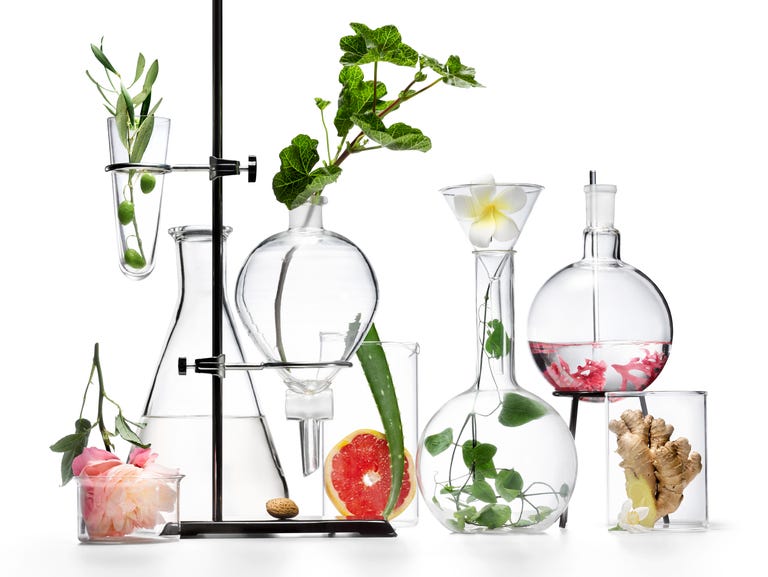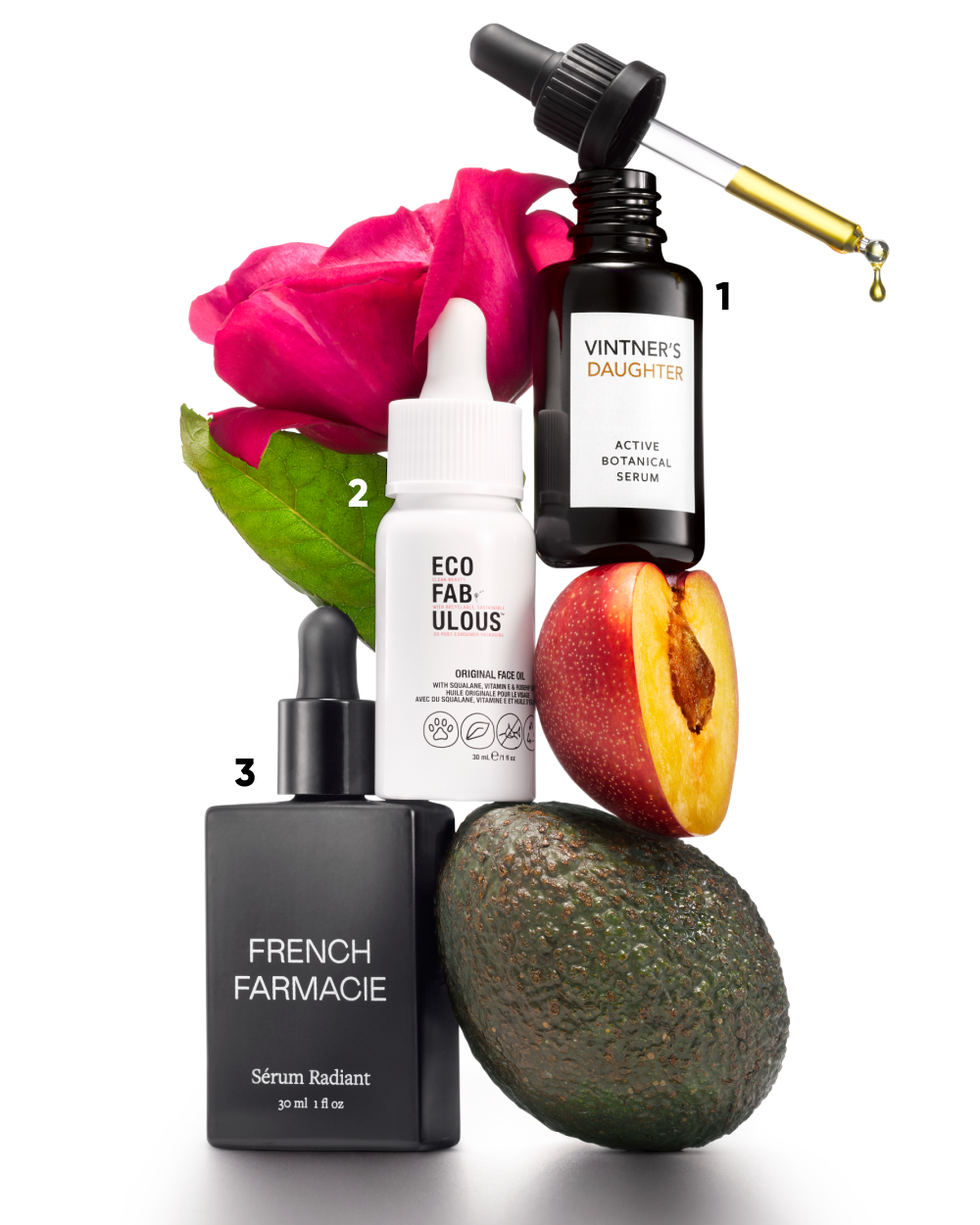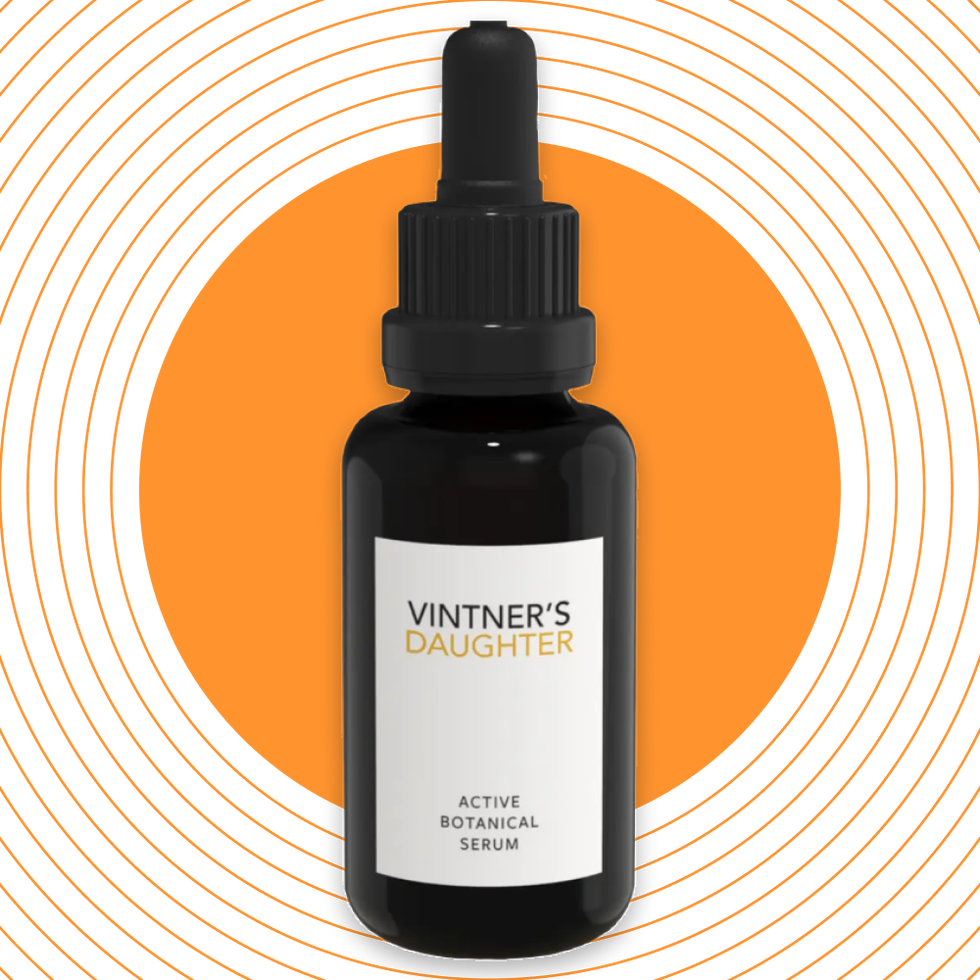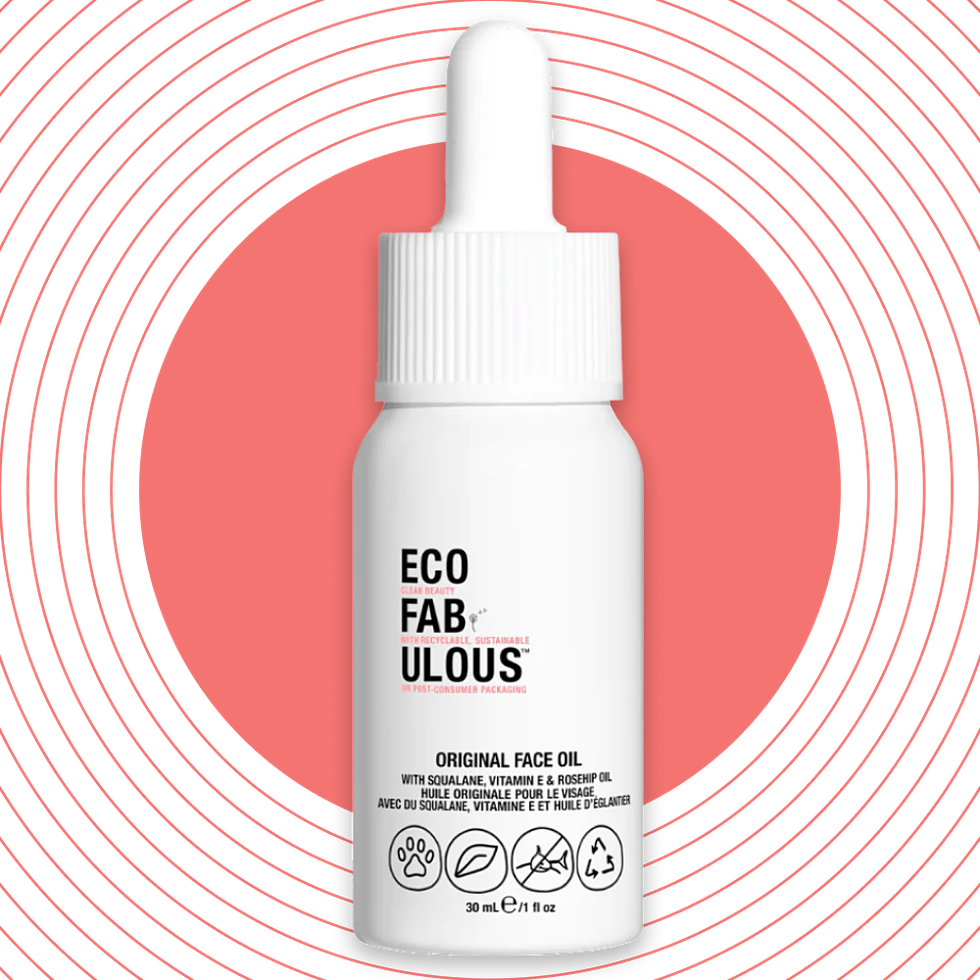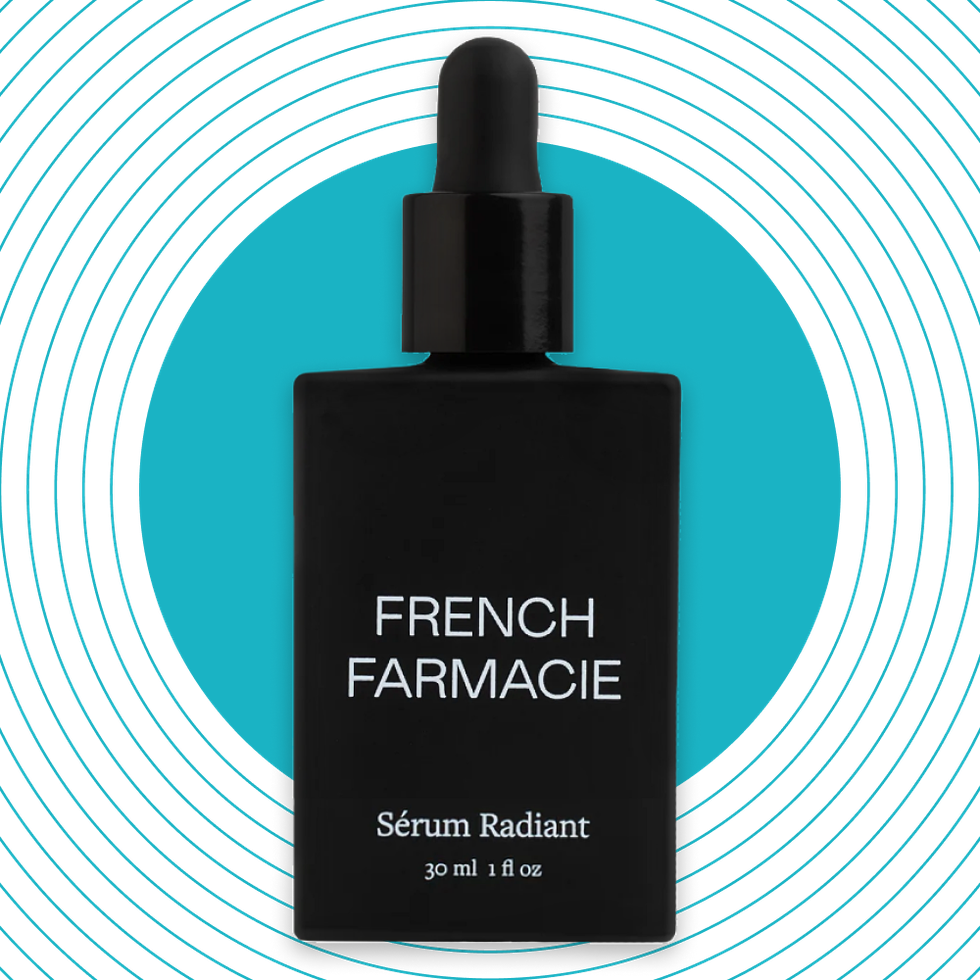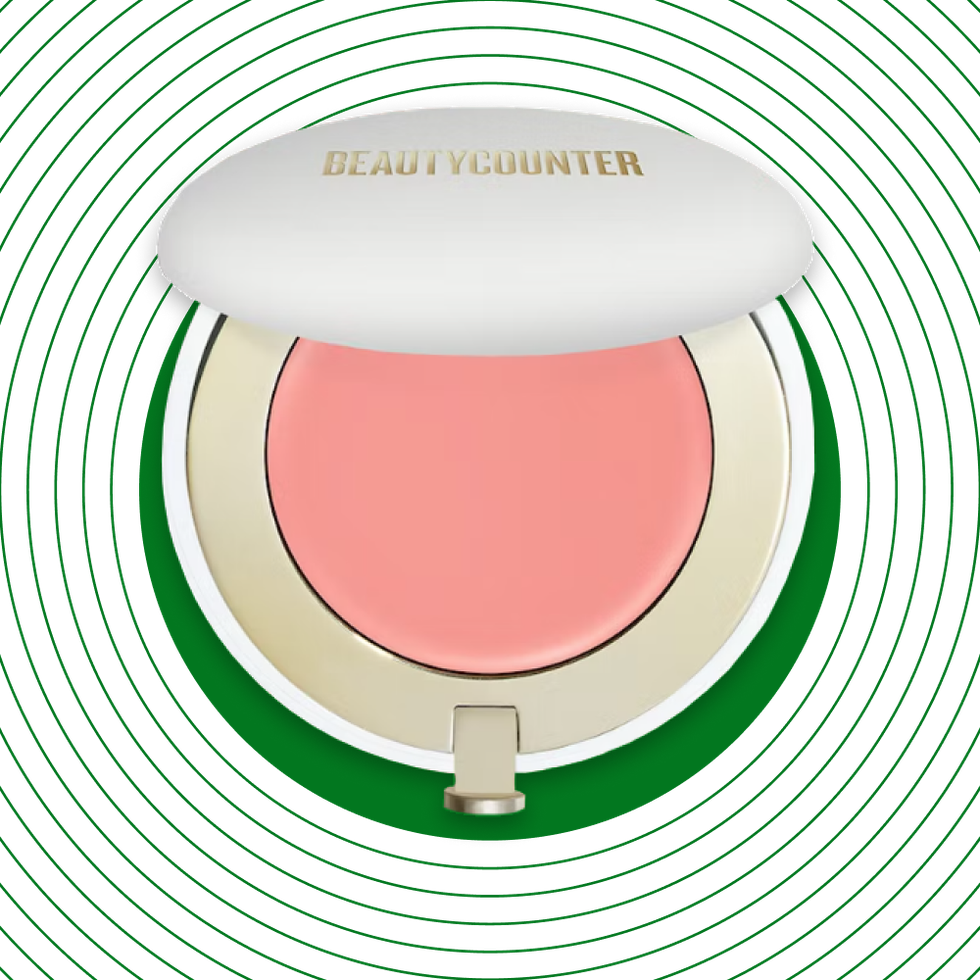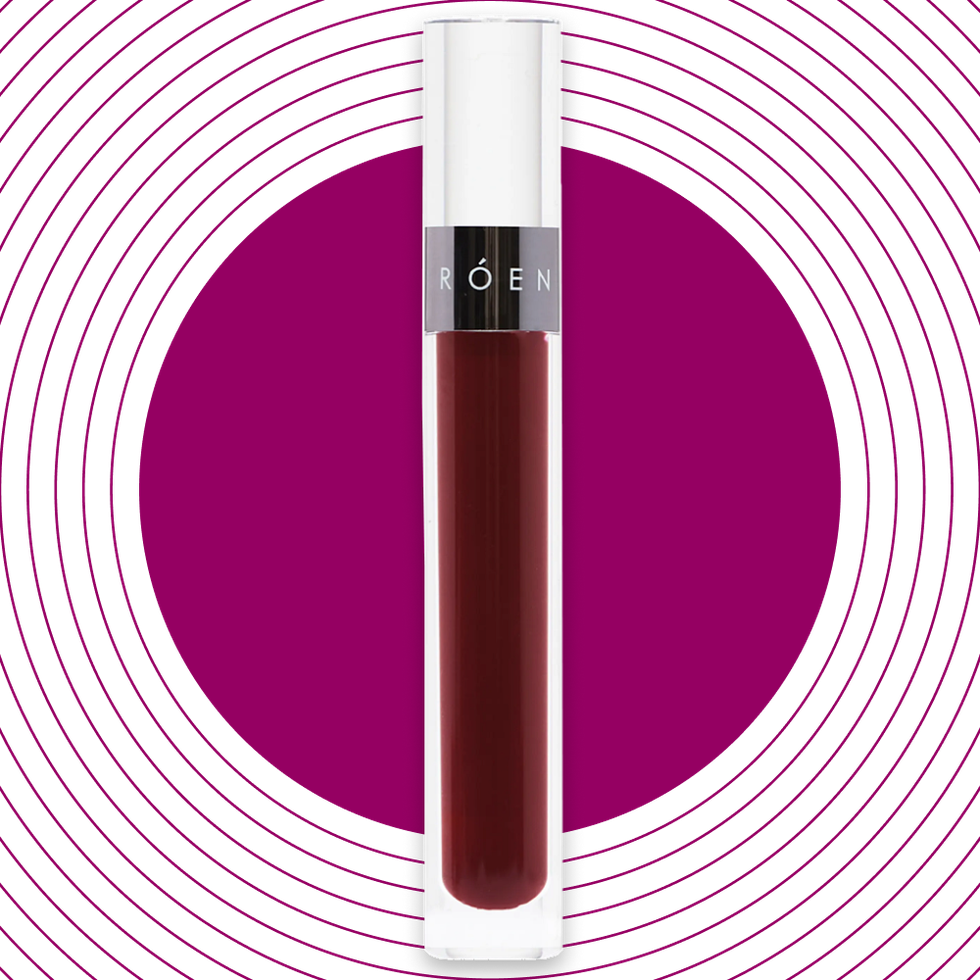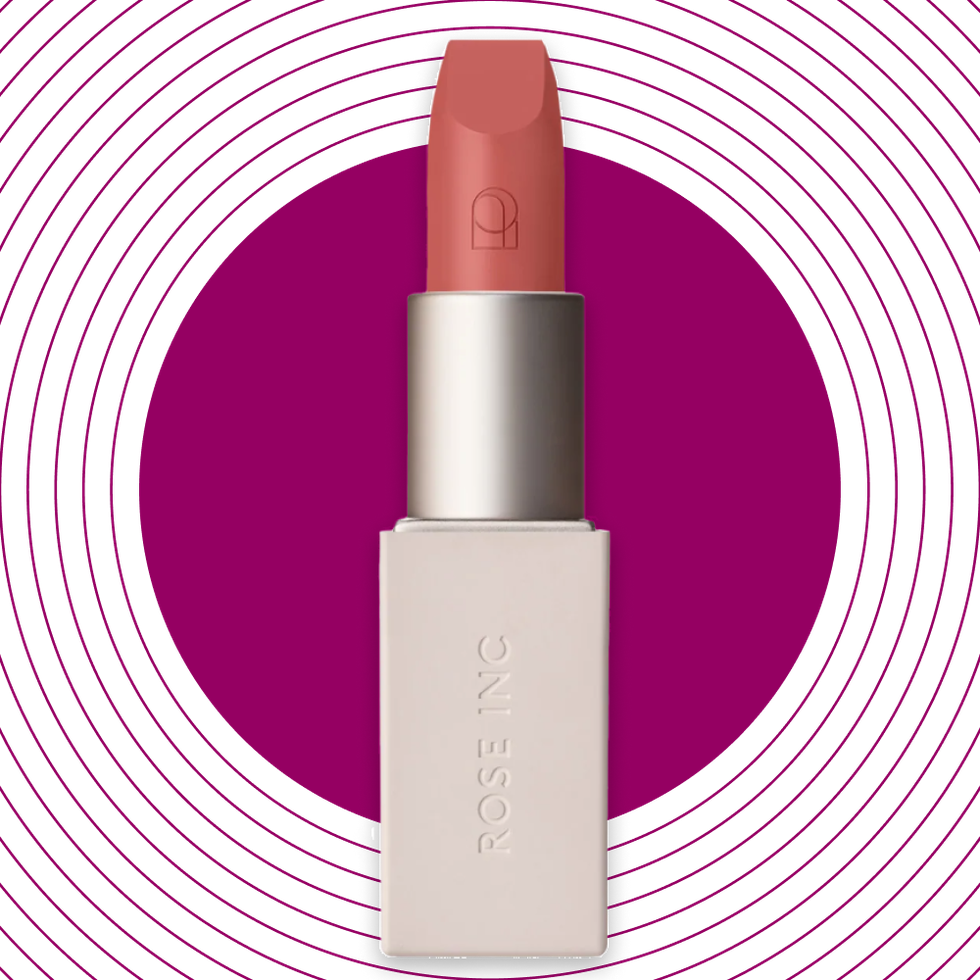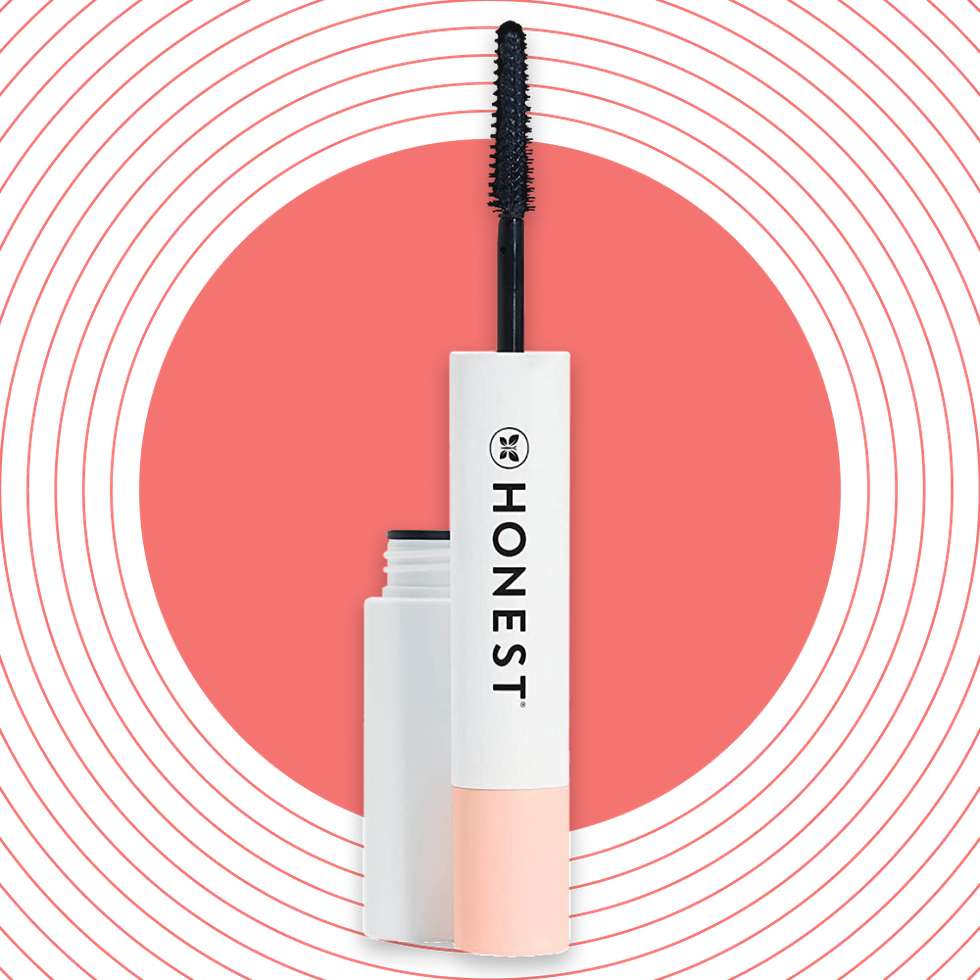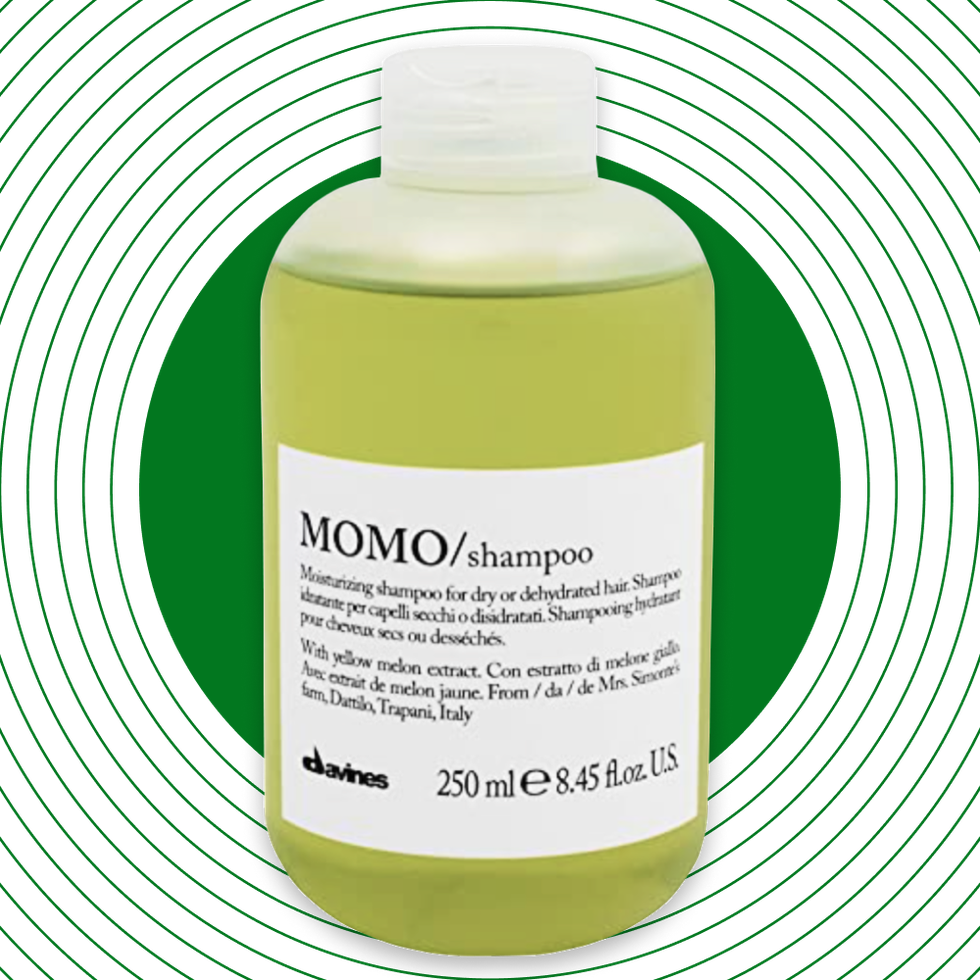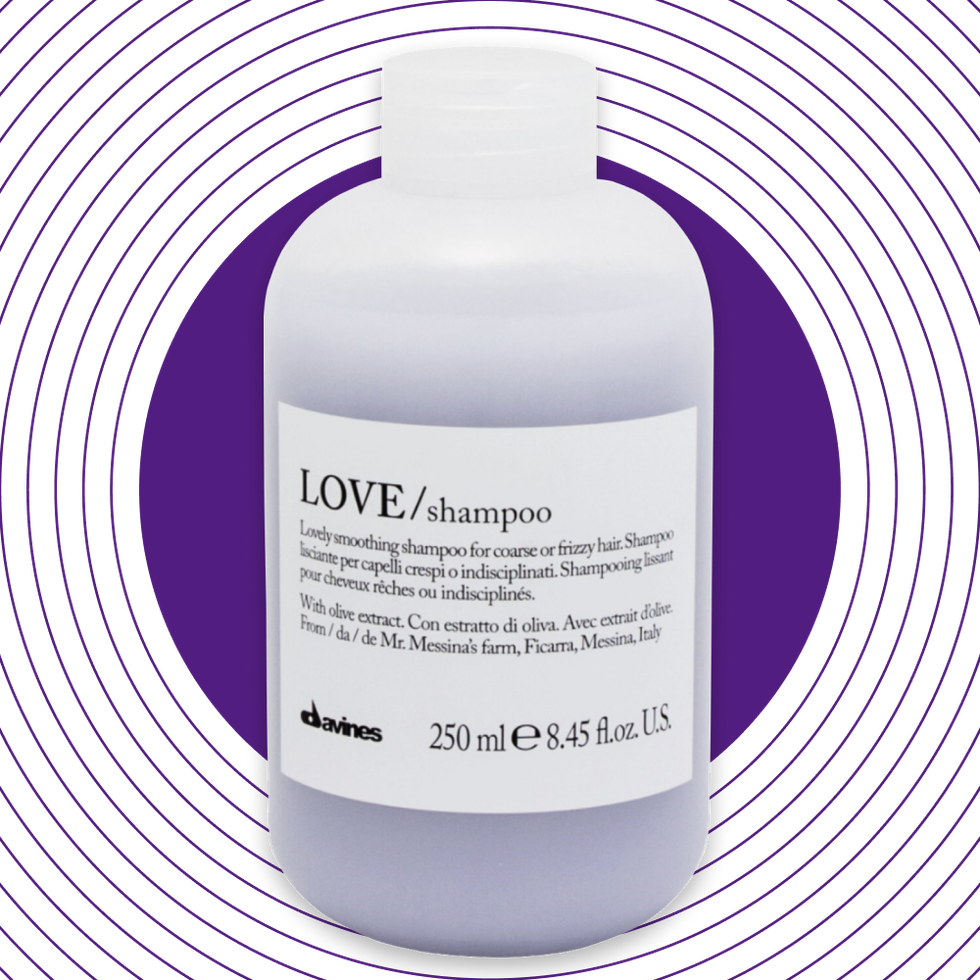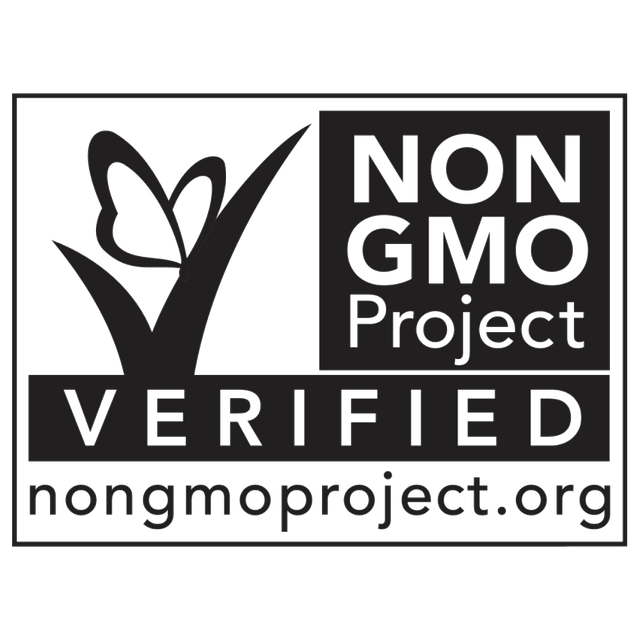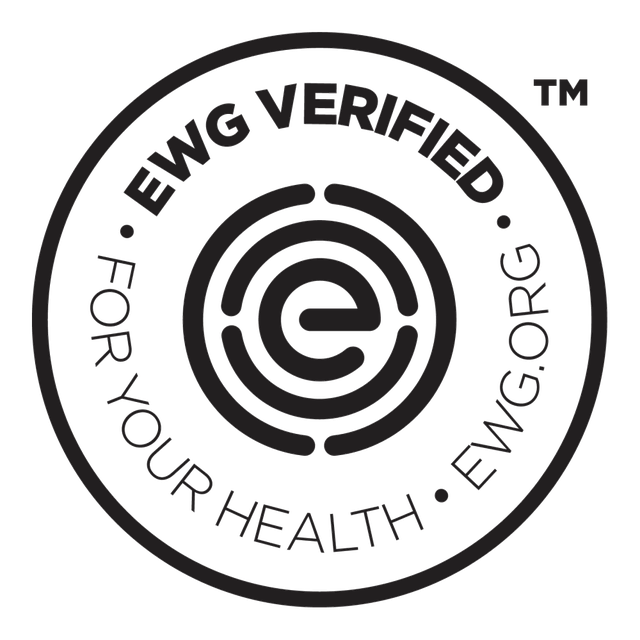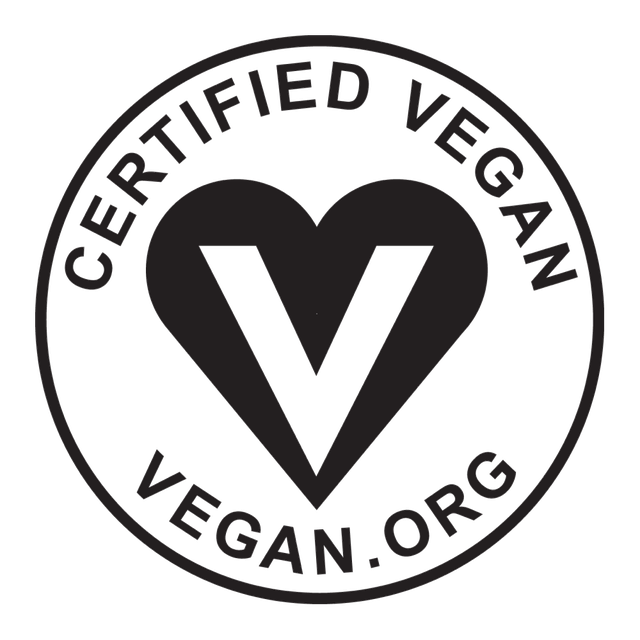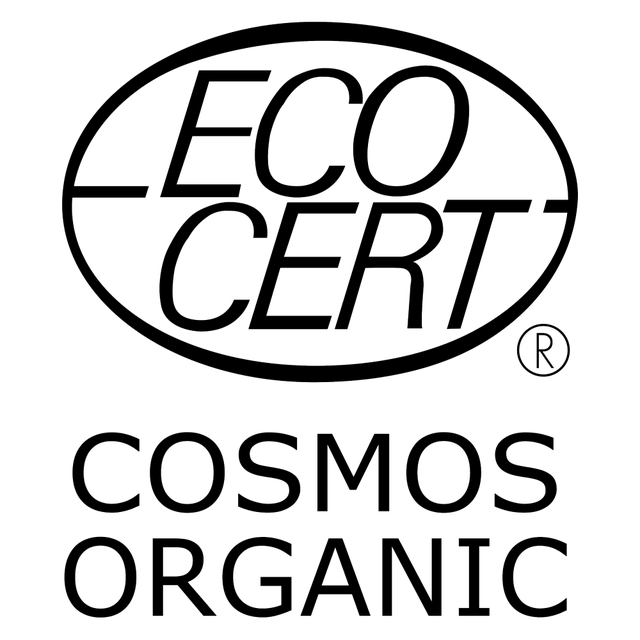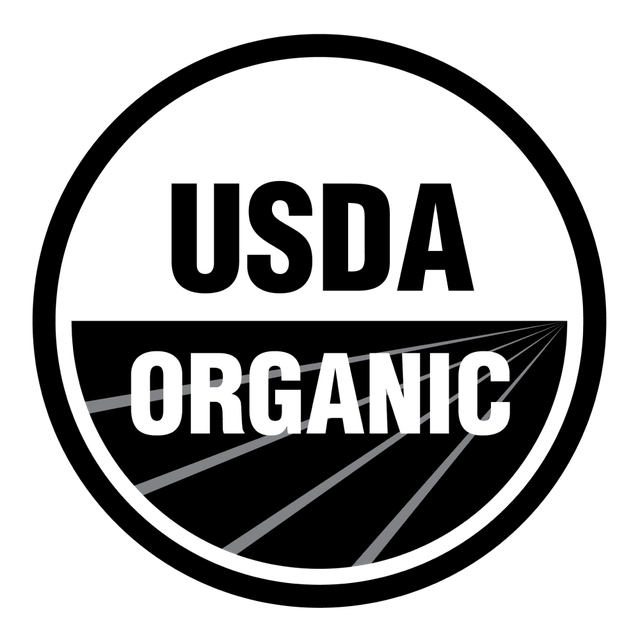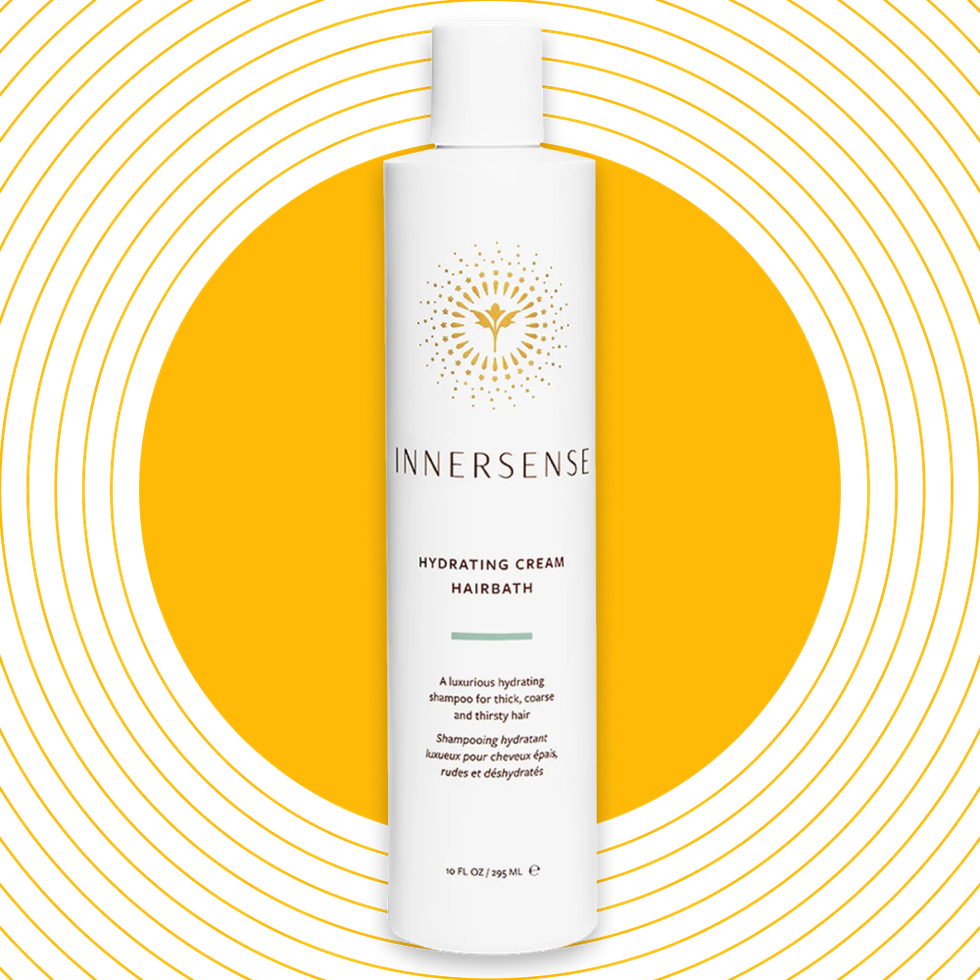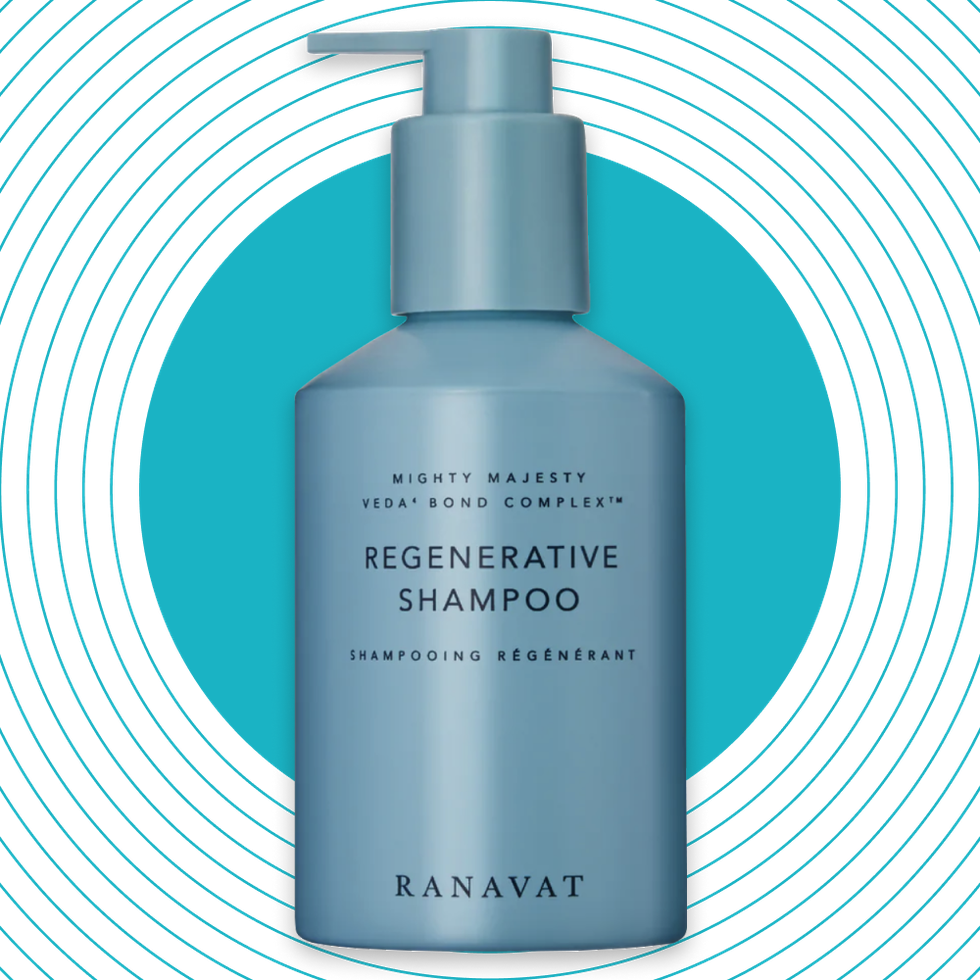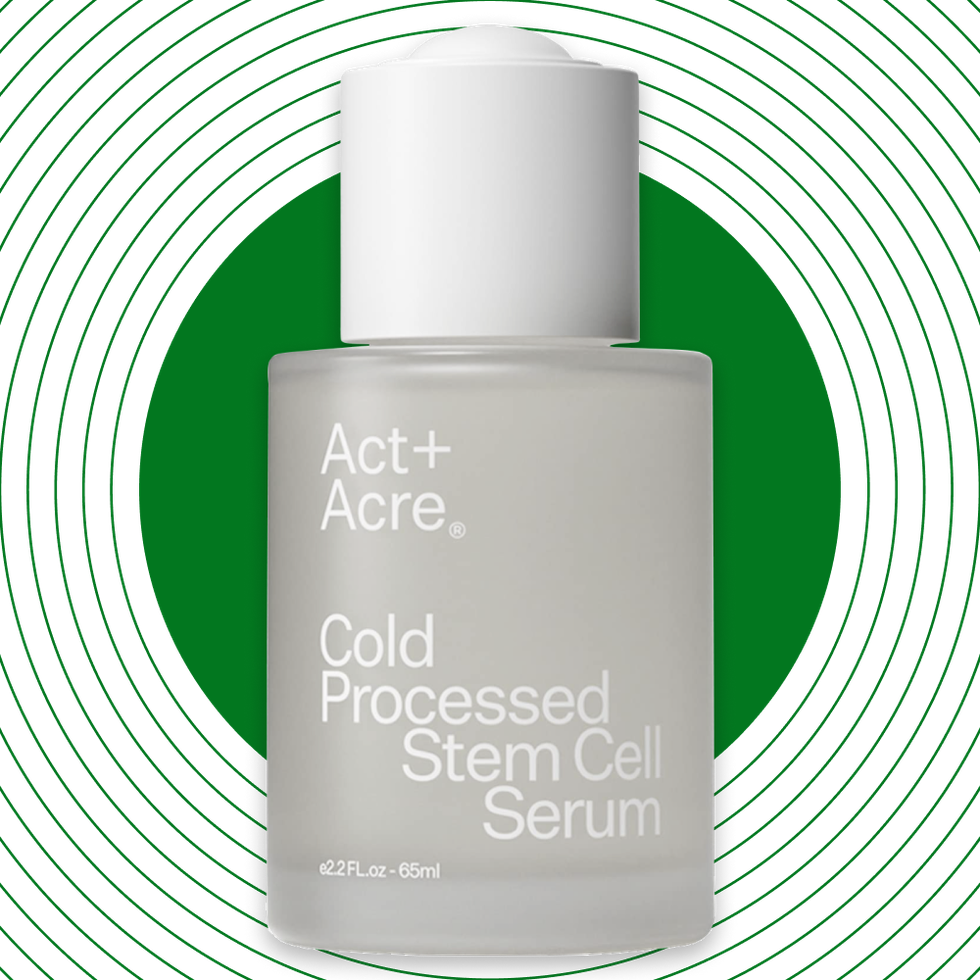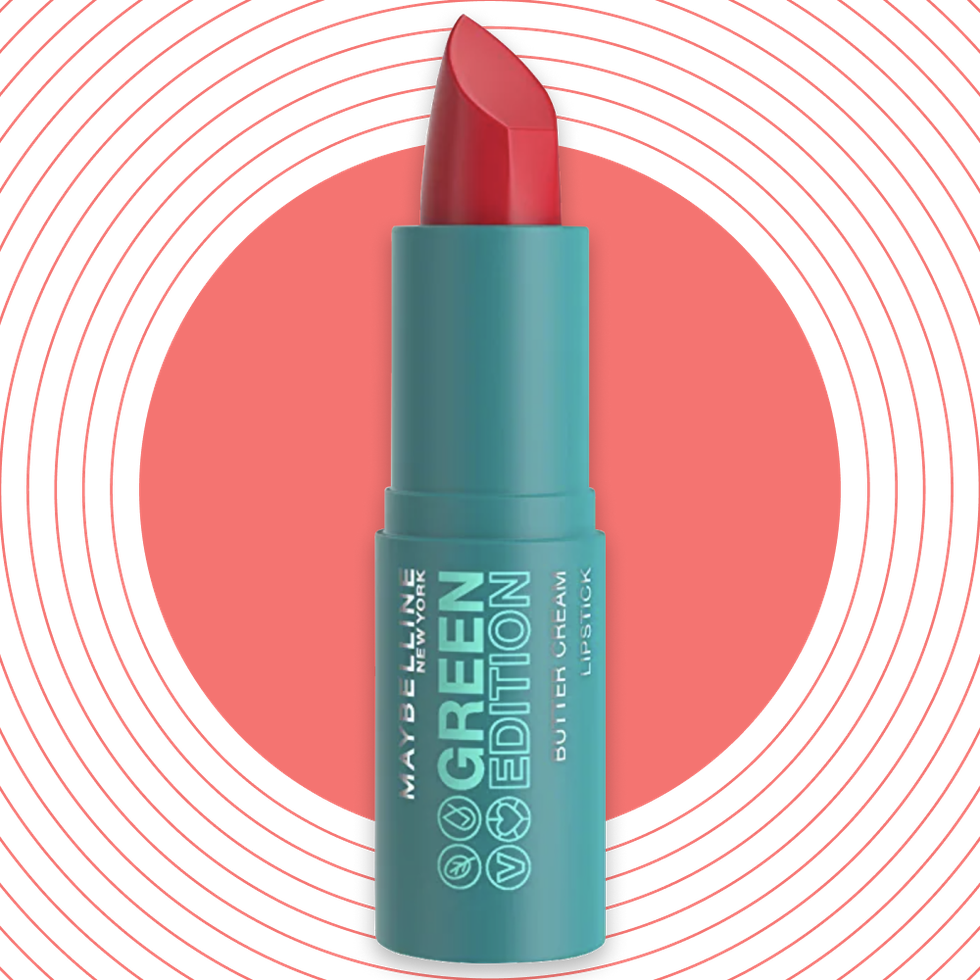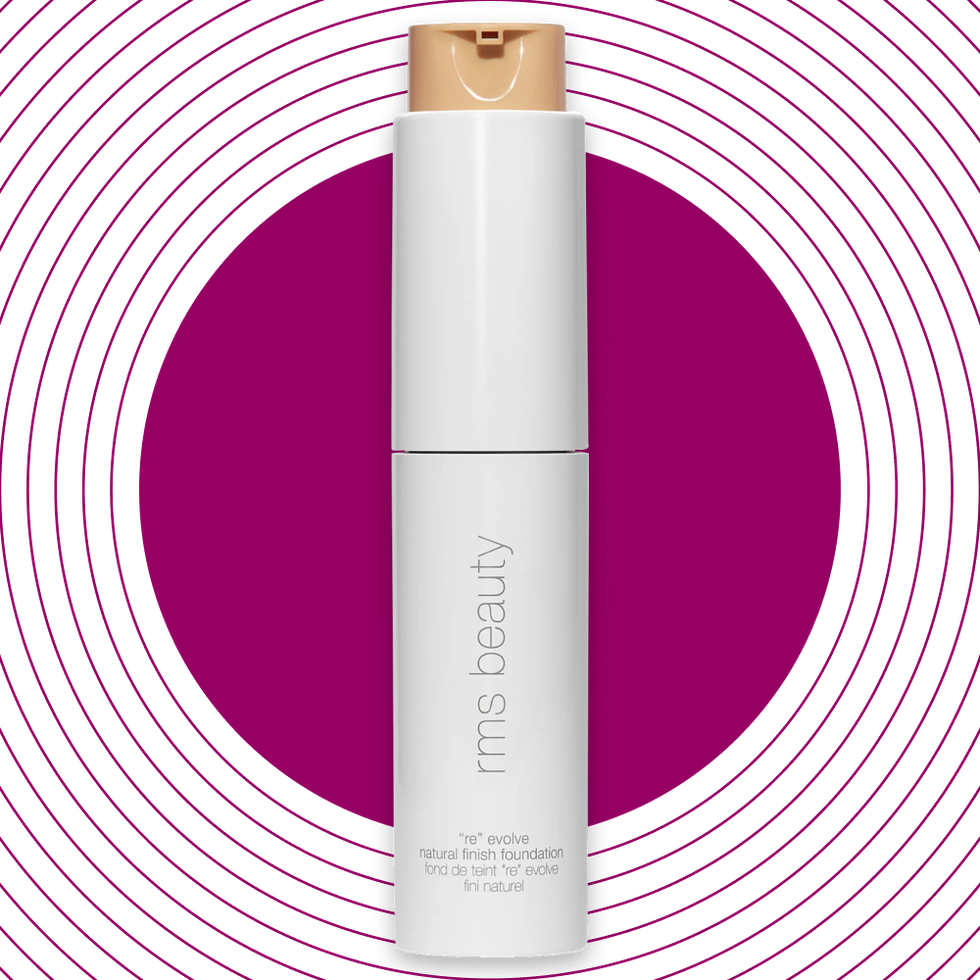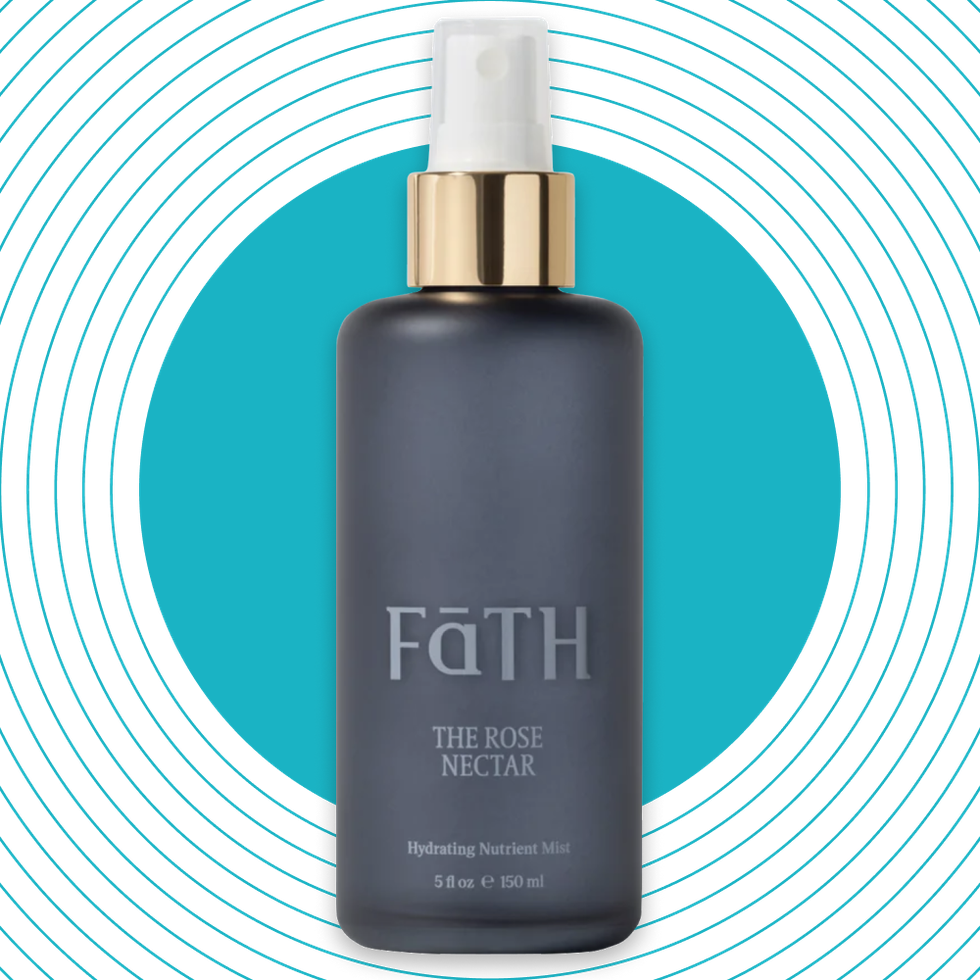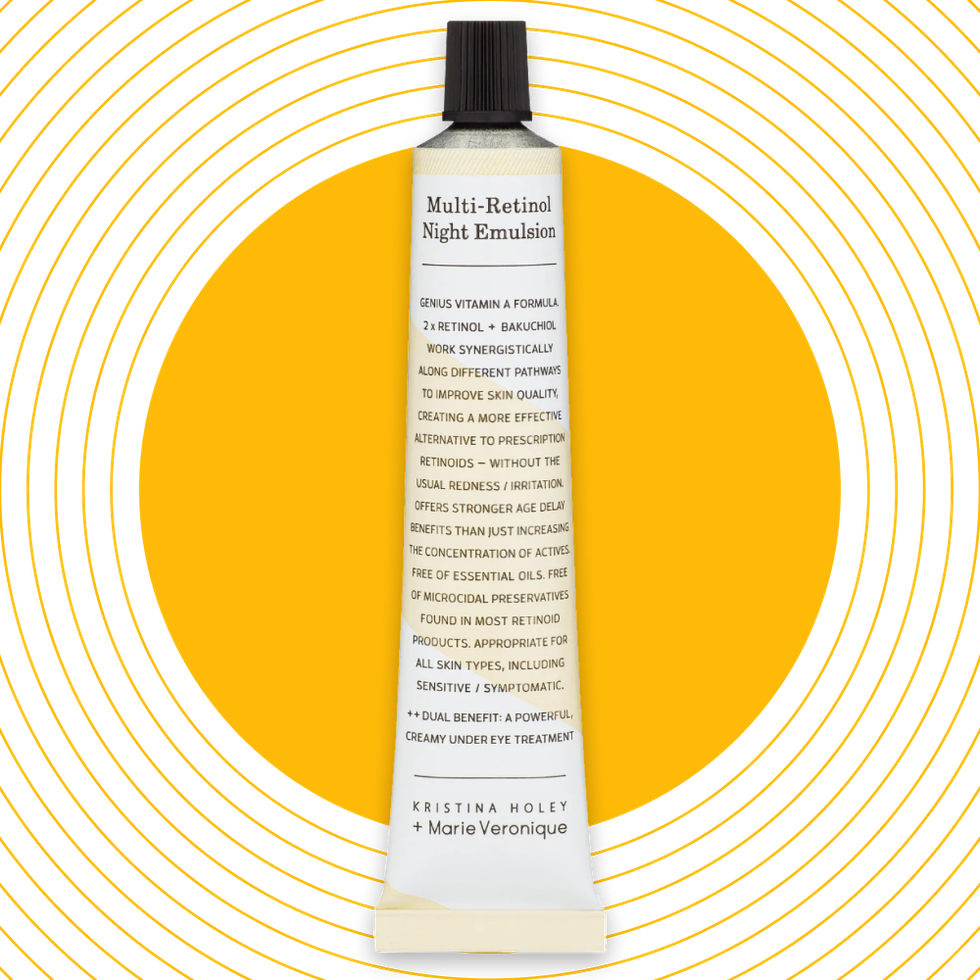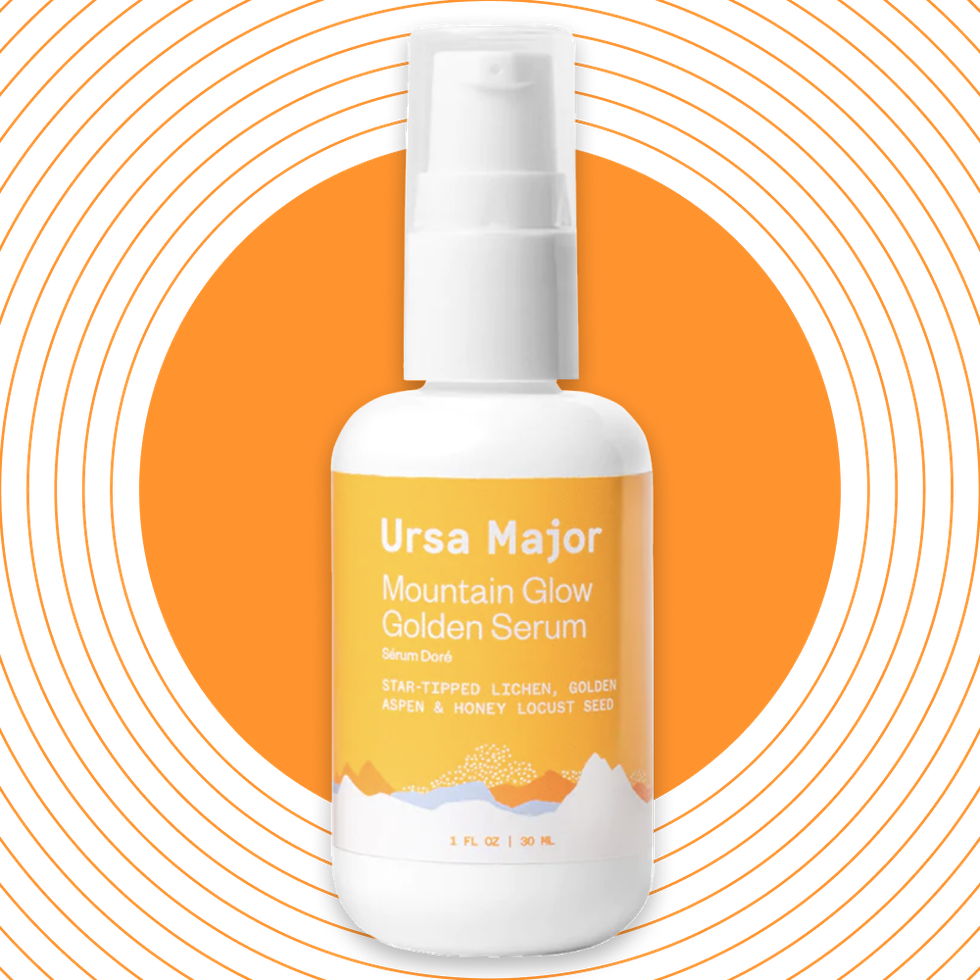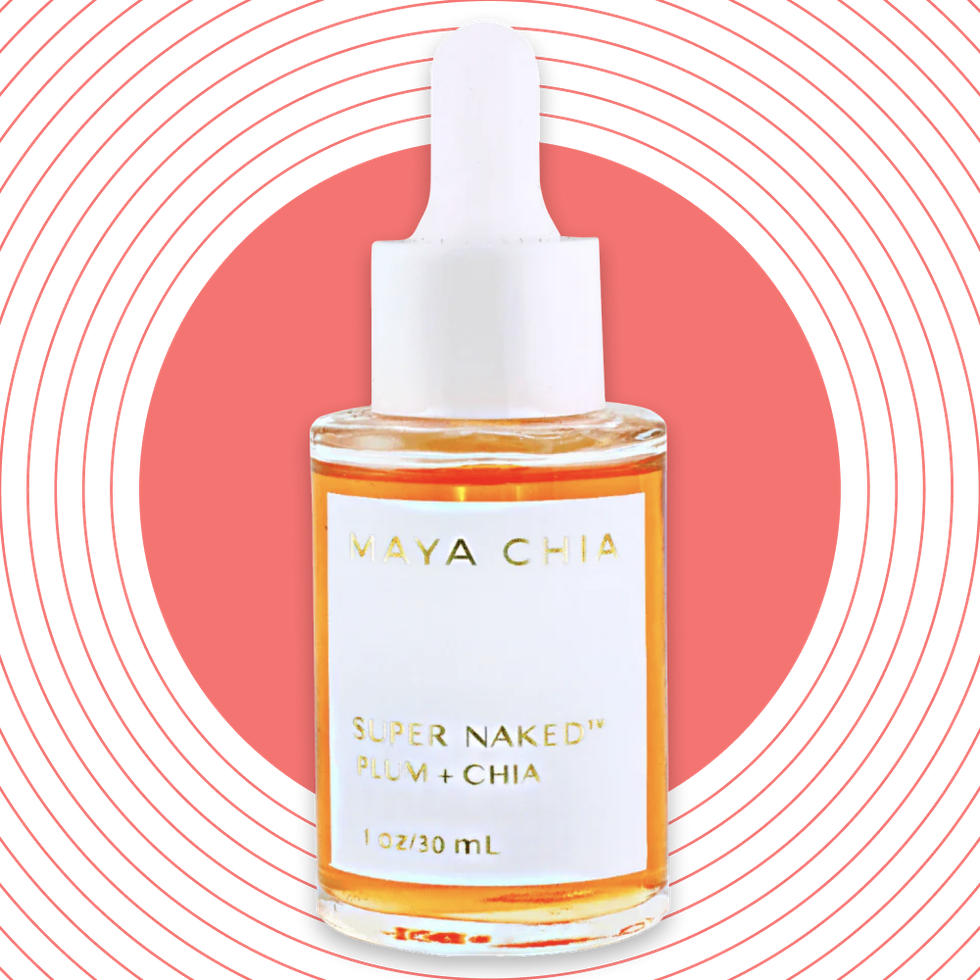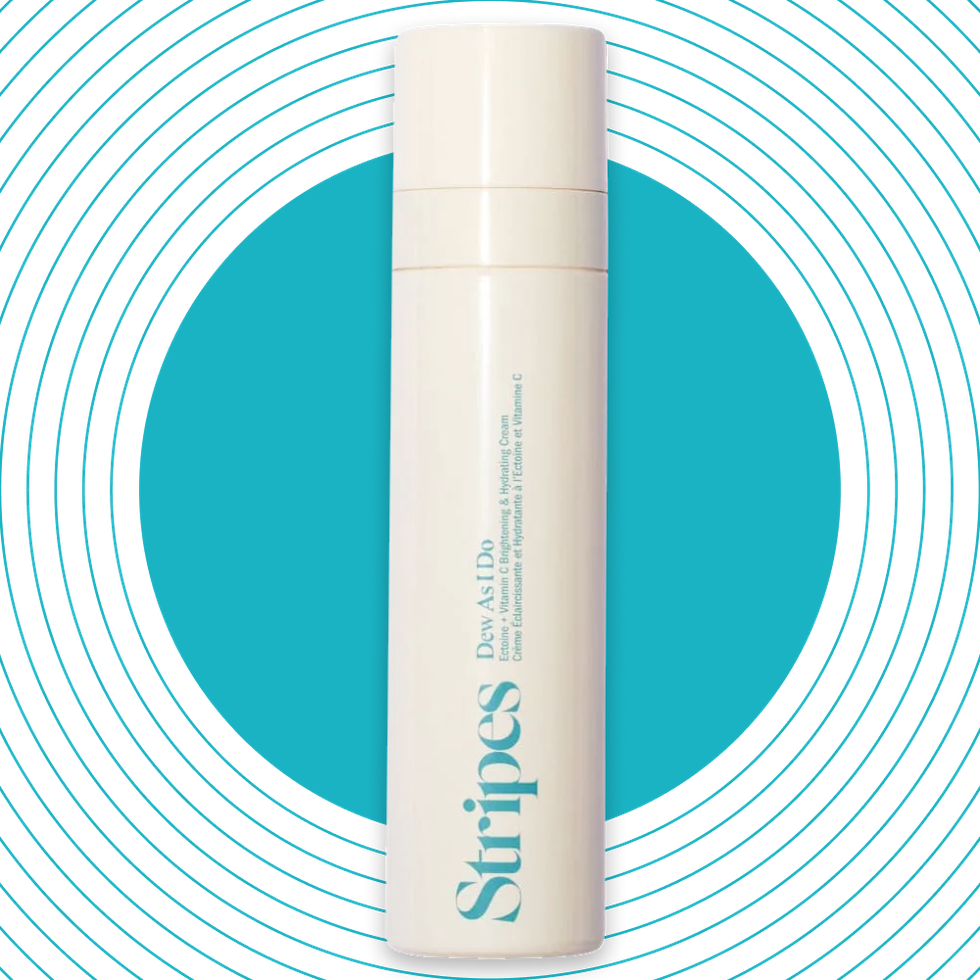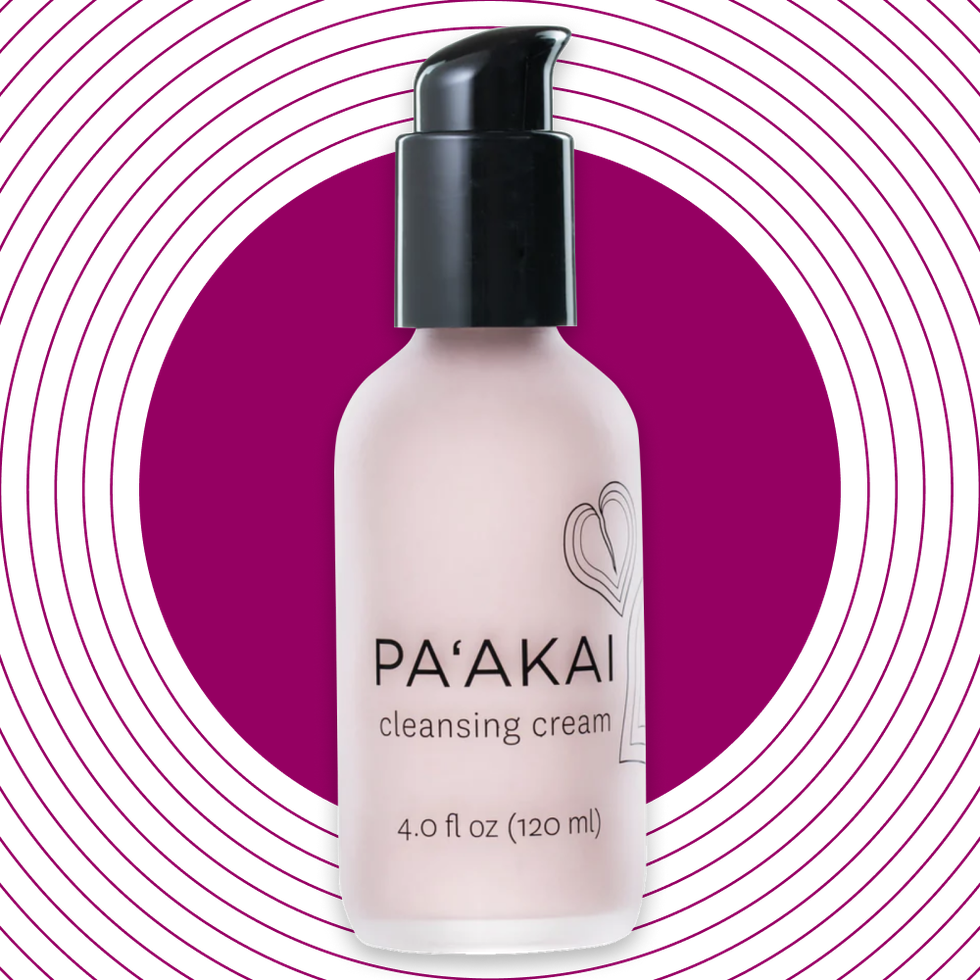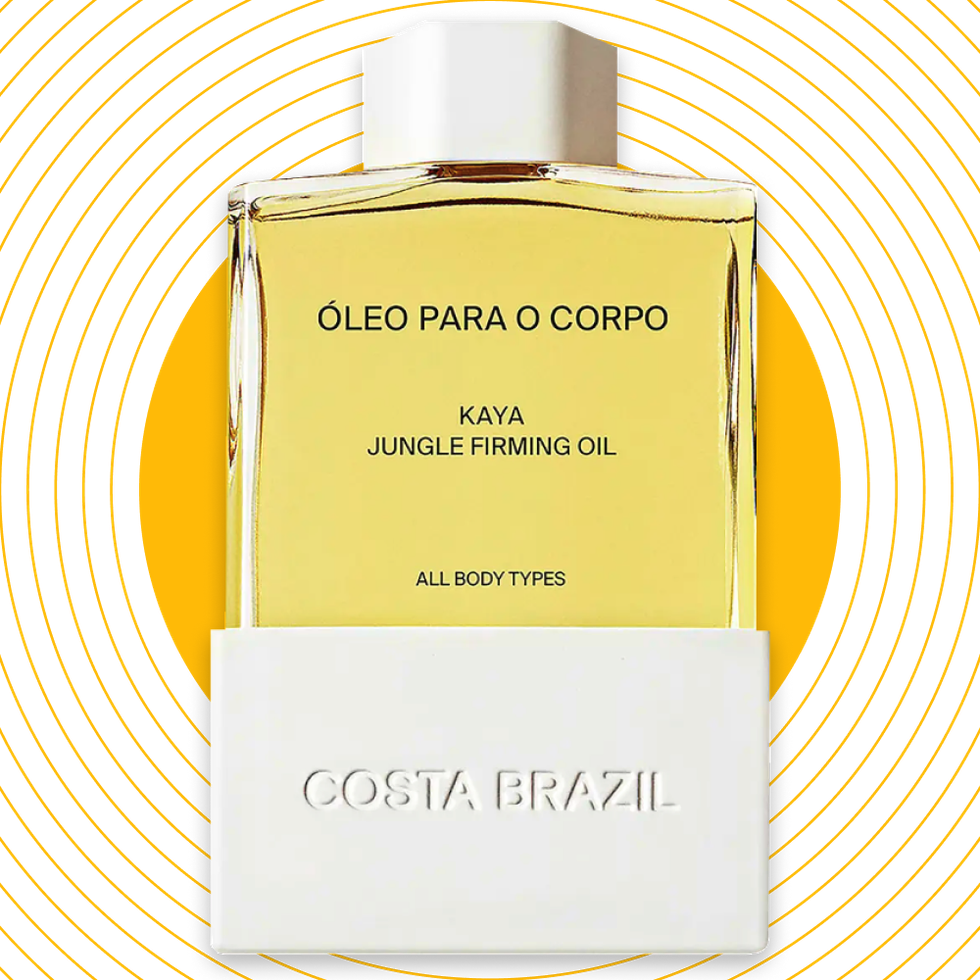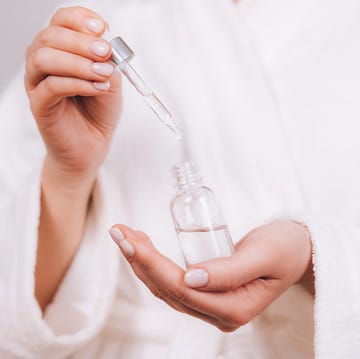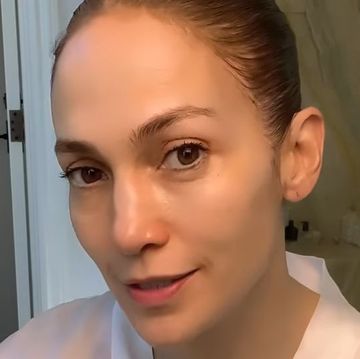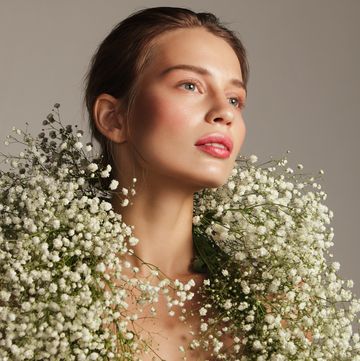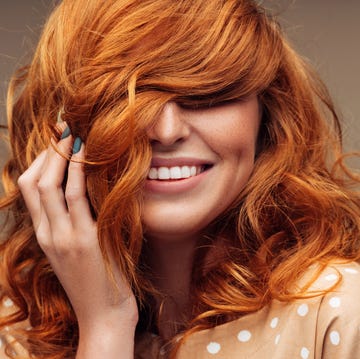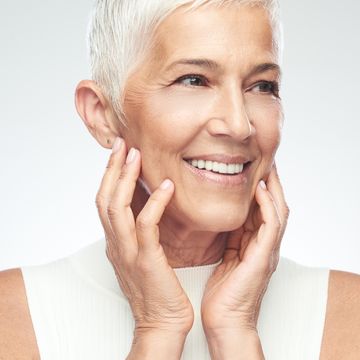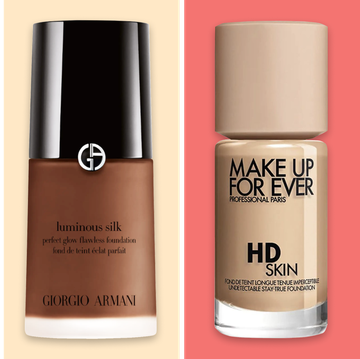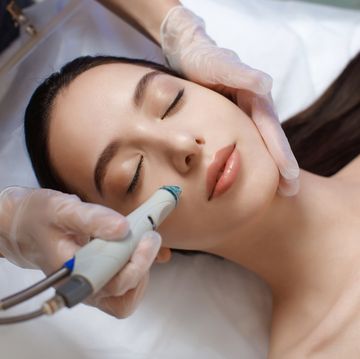In the beauty world, there’s no term buzzier than clean right now. Whether you shop online or are walking through a store, you’ll find product after product categorized as “clean beauty”—and people are snapping them up. According to market research company Statista, over half of women prefer natural or organic products when they shop for skincare. While it’s crystal-clear that we are in the midst of a clean beauty movement, defining it is more than a little murky. For some, clean beauty means that formulas contain only natural, “nontoxic” ingredients. Others say it also has to do with a product being sustainably and ethically produced. And then there are those who expect clean beauty to check both boxes—and a few others.
The tricky thing is that although the FDA regulates cosmetics, it doesn’t review or approve products or ingredients before they go on the market (a spokesperson points out, though, that companies must make sure the products are safe under the law. Also, the Modernization of Cosmetics Regulation Act of 2022 will give the FDA more resources and authority to monitor cosmetic brands and enforce recalls). “In Europe, more than 1,300 ingredients are prohibited,” says Defne Arikan, CEO of Bryhel Cosmetic Labs, who works closely with chemist Yehiel Amouyal. “But in the U.S., only a [relative] few substances are prohibited by the FDA in formulas.” (The Personal Care Products Council, an industry trade group, has written that “80 percent of those ingredients have not been used and never would be used as a cosmetics ingredient.”)
This is all to say that terms like clean, green, and eco-friendly aren’t regulated by a governing body, so anyone (or any brand) can interpret and define these terms however they’d like. To help you find products that are clean, natural, sustainable, and effective, we called on cosmetic chemists, brand founders, dermatologists, and environmentalists to guide you to the most important attributes of clean beauty products.
Skin nutrients
These oil blends call on the power of consciously sourced plants and safe synthetics to boost skin health.
Considering the ingredients
Your skin is the largest organ in your body, so it makes perfect sense that you’d want to be thoughtful about what you’re slathering on it. Many people will tell you the best way to do that is to pick clean formulas that contain natural ingredients.
This thinking isn’t totally wrong. After all, there are a number of great skin-boosting substances found in nature—think shea butter, jojoba oil, argan oil, and many others. Not only that, but there are a number of synthetic ingredients that can irritate sensitive skin or harm the environment. For example, silicones may pollute the environment, and certain sulfates, such as SLS (a surfactant or foaming agent), can harm marine ecosystems and be irritating to skin. “One, if not the main, motivator for formulating my own [clean skincare] line 15 years ago was the knowledge that using products with toxic chemicals outdid any good from the so-called active ingredients within them,” says Macrene Alexiades, MD, a dermatologist in New York City.
But there’s a catch. Just because an ingredient comes from a natural source doesn’t mean it’s unequivocally good for your skin. There are plenty of natural ingredients that can be irritating or even harmful. Poison ivy is a prime example, but there are also essential oils purposefully used in skincare that can cause redness or contribute to acne.
And just as “natural” doesn’t mean “good,” “synthetic” doesn’t mean “bad.” In fact, in some cases, synthetic ingredients may be even more eco-friendly than the earth-made versions. “I prefer certain ingredients in their synthetic form in order to ensure purity and higher quality,” says Krupa Koestline, a cosmetic biochemist and consultant for KKT Consultants. “Colorants fall into this category because natural colorants can contain concerning levels of heavy metals that need to be processed in order to remove them and meet FDA guidelines. Synthetic colorants are produced in a controlled environment and do not contain these heavy metal impurities. [New] synthetic methods for producing vitamins are also preferable because extracting a naturally sourced vitamin depletes natural resources and is an energy-intensive and costly process.”
Companies like Amyris (which is behind popular brands like Stripes and Biossance) are finding ways to marry technology and chemistry to create sustainable, safe ingredients that are better for the environment than it would be to use the natural form. Take, for example, squalene, a moisturizing ingredient that is traditionally harvested from shark livers and plant sources like olives (then hydrogenated to become “squalane” for cosmetic use). To create a lab-derived version, “we use proprietary yeast strains and sustainably harvested sugarcane,” says Daan Thorn Leeson, senior director of product innovation at Amyris. “The result is a squalane that has greater quality and is more pure than olive oil squalane.”
At the end of the day, those who are shopping for clean beauty tend to be looking for products that contain safe ingredients for them and the world—and that can be accomplished through sustainably culled natural ingredients or smartly made synthetics.
Makeup essentials
Clean cosmetics have come a long way in the performance department: Pigment and formula innovations have led to rich colors and lasting formulas that glide on easily and improve the look and feel of skin.
Good for you and the Earth
While an ingredient list may be the first thing people think of when considering what makes something clean or not, it’s not the only factor worth considering. “I wish we could rename the category ‘thoughtful beauty’ because that’s really what it’s about,” says Sasha Plavsic, founder of Ilia Beauty. This thoughtfulness extends to the environmental and social impacts of a brand. The best formulations consider the safety of the user as well as the environment, Koestline notes. And they are “inextricably connected. What goes into our water comes back to us,” says Jeannie Jarnot, founder of retailer Beauty Heroes and the blue beauty movement, which recognizes companies that are focused on trying to make a positive environmental impact.
Say you prefer natural ingredients. If the farms those ingredients are harvested from are negatively impacting the environment, would you feel quite as good using them? Ideally, the clean beauty brands you use would work with farms that practice regenerative organic agriculture (as a few brands are starting to do). This is a system of farming practices that rehabilitate the ecosystem and boost natural resources, such as rotating both organic crops and grazing cattle, and composting. “If regenerative organic agriculture was implemented fully across the globe, it would have the potential to offset significant amounts of annual greenhouse gas emissions,” says Andrew Smith, PhD, the chief operating officer at the Rodale Institute, a nonprofit organization focused on regenerative organic agriculture.
Hair infusions
The active ingredients in these Davines shampoos come from local farms in Italy, and the packaging is especially lightweight, made from recycled plastic, and carbon neutral.
Though it may not be totally within your reach to investigate where the ingredients in your products are being sourced from, it’s worth scanning a brand’s website. If they’re focused on being clean and green, they’ll often touch on how they source the material used.
Looking closely at the way your products are packaged is another way to ensure your beauty regimen isn’t wreaking havoc on the earth. In 2018, nearly eight billion units of plastic packaging were produced for beauty and personal care in the United States, according to market research firm Euromonitor International. And most of those compacts, tubes, bottles, and wands weren’t recycled. The best thing you can do: Use the products you already have. And seek out those that come in glass, aluminum, or cardboard—these materials can be recycled multiple times.
You can also look for symbols—a bunny, a butterfly, and others—on the outer packaging of many clean beauty products. These are seals that brands can use if they meet an organization’s qualifications. Here, a cheat sheet of the ones most commonly used.
The goal is progress, not perfection
Most of us don’t have the time to google ingredient lists and sustainability options. Even if we did, it’s not foolproof. “For example, sometimes ingredients aren’t listed in full, like with fragrances, and formulas can contain contaminants at trace levels or ingredients that release other ingredients,” says Holly Moore, who has a master’s in public health and is founder and product developer of The Ingredientist, a company that consults with brands committed to sustainability.
So, if you are wanting to clean up your routine, your objective should be to do what you can. That could mean avoiding overpackaged products or noting what’s in your favorite formulas. You can also consider retailers that vet for you. Clean beauty companies like Credo Beauty, The Detox Market, and Beauty Heroes research brands and have a section on their sites outlining what they require of the products they consider to be clean. Sephora and Ulta Beauty also feature products they have designated as clean. (See the Clean at Sephora and Conscious Beauty at Ulta Beauty sections of their respective sites.) Shopping these areas can make it easier to find products that will work for you and the environment. You can also shop the clean beauty products featured throughout this story and below:

Emily Barth Isler is the author of AfterMath, an award-winning middle grade novel about grief, resilience, friendship, math, and mime. Activist and comedian Amy Schumer calls the book "a gift to the culture." Emily lives in Los Angeles, California, with her husband and their two kids. In addition to books, Emily writes about sustainable, eco-friendly beauty and skincare, and has also written web sitcoms, parenting columns, and personal essays. She has a B.A. in Film Studies from Wesleyan University. Find her at www.emilybarthisler.com
